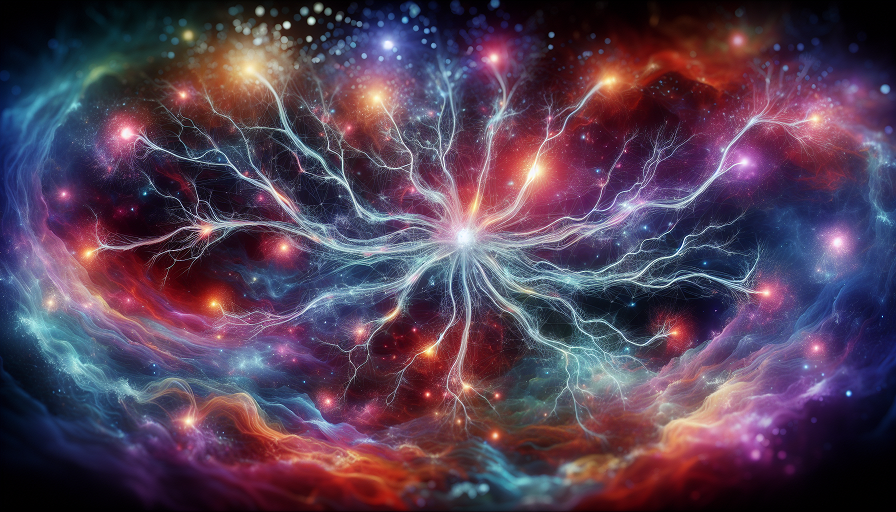
You’ve probably had those days where everything just clicks. Ideas flow, problems untangle, and your brain feels, well—smart. Then there are days where simple tasks feel uphill, names slip, and attention wavers for no clear reason.
The culprit? Your brain’s internal rhythm.
Just like your body has times when it feels more awake or more tired, your brain has natural peaks and valleys in cognitive performance. And learning when your brain is sharpest isn’t just a fun fact—it’s a strategic edge.
Contents
Your Brain Runs on a Clock
Inside your brain is a tiny region called the suprachiasmatic nucleus (SCN), located in the hypothalamus. This cluster of about 20,000 neurons is your master clock, regulating your circadian rhythm—the 24-hour cycle that governs sleep, energy, hormones, and, yes, cognition.
Your brain’s performance isn’t flat throughout the day. Instead, it follows a wave-like pattern that influences:
- Attention span
- Problem-solving ability
- Verbal fluency
- Memory recall
- Creativity
When you work with that rhythm, you feel focused and fluent. When you work against it, tasks feel harder, slower, and more draining than they should.
The General Daily Cognitive Curve
While individual chronotypes vary (more on that in a minute), researchers have mapped a typical cognitive curve for the average adult:
- Morning (7 a.m. – 10 a.m.): Rising alertness, improving focus
- Late morning (10 a.m. – 12 p.m.): Peak in analytical thinking and attention to detail
- Early afternoon (12 p.m. – 2 p.m.): Slight dip in energy and concentration
- Mid-afternoon (2 p.m. – 4 p.m.): Rebound in focus, especially for tasks requiring endurance
- Late afternoon (4 p.m. – 6 p.m.): Creative and associative thinking tends to rise
- Evening (6 p.m. onward): Verbal performance and social cognition may remain high, while analytic capacity tapers
So if you’re struggling to write that report at 3 p.m., it may not be motivation—it could just be circadian mismatch.
Chronotypes: Are You a Morning Person or a Night Owl?
Not everyone follows the same daily rhythm. Chronotype refers to your natural inclination toward being alert at certain times of day. The three main types are:
- Larks (Morning types): Peak early in the day, fade in the evening
- Owls (Evening types): Slow to start but sharp in late afternoon and night
- Third birds (Intermediate types): Function fairly well all day, with a slight midday dip
Your chronotype is partially genetic—but lifestyle, age, and environment influence it too. Teenagers tend toward owlishness, while older adults often shift toward morning energy. Shift workers and parents tend to override their natural chronotypes out of necessity.
Matching Tasks to Your Mental Peaks
Once you understand your brain’s rhythm, you can start aligning task types to energy states. Here’s a general breakdown:
During Peak Focus Times (Late Morning for Most):
- Analytical work
- Deep writing
- Complex decision-making
- Strategic planning
During Dips (Early Afternoon):
- Light admin or organization
- Walks or movement-based breaks
- Listening to podcasts or informal meetings
During Rebound or Creative Times (Late Afternoon):
- Brainstorming
- Design work
- Problem-solving from new angles
- Collaborative sessions
This isn’t rigid—but the more you work with your brain, the less you have to push against it.
Tracking Your Personal Peak
Want to find out your own smartest hours? Try this over one week:
- Rate your mental clarity from 1–10 each hour while awake
- Note when you feel “in the zone” vs. fuzzy or restless
- Log caffeine intake, sleep quality, and distractions
Patterns will emerge. You might find that you’re most verbally articulate at 9 a.m., but most creatively fluid around 5 p.m. That knowledge can reshape your schedule around what your brain actually does best—when it does it best.
What Affects Your Brain’s Rhythm?
Even if you know your natural peak, several factors can throw it off:
- Sleep debt: Chronic under-sleeping flattens your cognitive curve
- Light exposure: Too little natural light disrupts circadian rhythm
- Meal timing: Large meals can blunt energy levels temporarily
- Stress: Ongoing stress elevates cortisol and fogs executive function
That’s why mental performance isn’t just about time of day—it’s about how well your brain is being cared for within that day.
Can Nootropics Support Your Cognitive Peaks?
Many professionals use nootropic supplements to enhance their cognitive rhythm—either by amplifying peak states or smoothing out dips.
Here are a few commonly used options:
- Citicoline: Supports attention, memory, and mental energy—especially useful during peak focus hours
- L-theanine + caffeine: Combines alertness with calm—ideal for jitter-free morning performance
- Rhodiola rosea: Helps maintain stamina and resilience during late-day cognitive slumps
While supplements are not a substitute for rhythm awareness, they can optimize how your brain performs within your natural window.
Designing a Smarter Daily Flow
If you’re ready to start working with your brain’s clock, not against it, here are a few simple steps:
1. Identify Your Core Cognitive Hours
Use mood and energy tracking apps—or paper—to find your best two-hour window for deep work.
2. Protect Peak Time
Silence notifications. Block meetings. Use this time for the most mentally demanding task of the day.
3. Don’t Push Through Dips—Recover
Instead of brute-forcing focus, use dips for admin tasks, walks, or rest. It’s not slacking—it’s strategic renewal.
4. Adjust as Life Changes
Your rhythm isn’t fixed forever. Illness, travel, seasons, and age can shift it. Reassess every few months.
You don’t have to be “on” all day. In fact, you can’t be. But you can be strategic about when you do your most important thinking.
Your brain is a rhythmic organ. It pulses, swells, and dips—not unlike a tide. The more you align your cognitive demands with its natural high tides, the more you’ll accomplish—with less struggle and more satisfaction.
So the real question isn’t just how you think best—but when.

